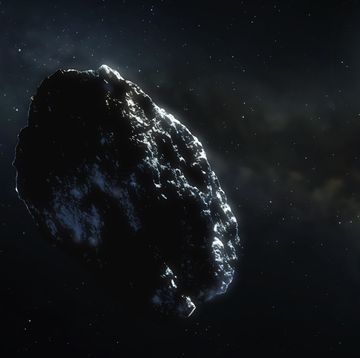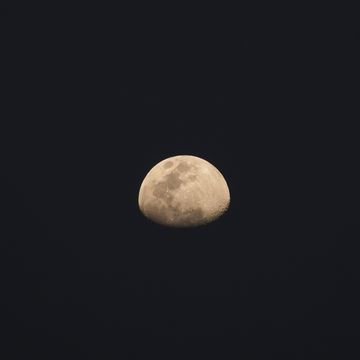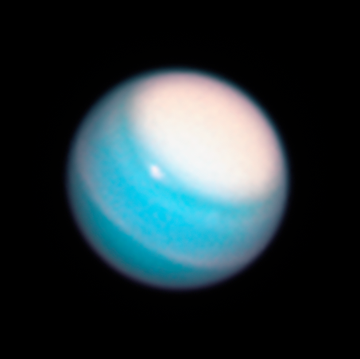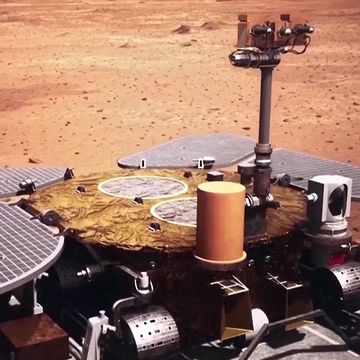Comet Sliding Spring was 86,000 miles from Mars when one of NASA's explorers snapped these pictures. And while you might not see much more than a dot, you're looking at history. This is the closest look we've ever gotten at such a comet.
It came from the Oort Cloud, a vast region of icy objects 50,000 times farther from the sun than we are, and even much further than the Kuiper Belt that's home to Pluto. Comets from the fringes of the solar system find their way into our area from time to time, but this time luck was on NASA's side. As the ice ball passed within 100,000 miles of the Red Planet, the Mars Reconnaissance Orbiter (MRO) turned its instruments on Sliding Spring.
What you're seeing is a composite image of the two best shots of the comet. While the 86,000-mile distance is a stone's throw in astronomical terms, it still means that each pixel in the picture represents a scale of about 150 yards. Even with that resolution, however, scientists could see that the comet's nucleus was just half as big as they'd previously believed—about a quarter-mile wide, as opposed to a half-mile.
MRO, which took these images, has been faithfully observing the planet since 2006. These days Mars is getting crowded with scientific instruments. In addition to MRO and Curiosity and the plucky Opportunity rover that just keeps on chugging, there's also MAVEN (Mars Atmosphere and Volatile Evolution), which just arrived at the planet last month to figure out what happened to its once-thicker atmosphere. And India just reached Mars with its first-ever interplanetary explorer. (Don't worry, all the orbiters survived the close shave with a comet.)

Andrew's from Nebraska. His work has also appeared in Discover, The Awl, Scientific American, Mental Floss, Playboy, and elsewhere. He lives in Brooklyn with two cats and a snake.













